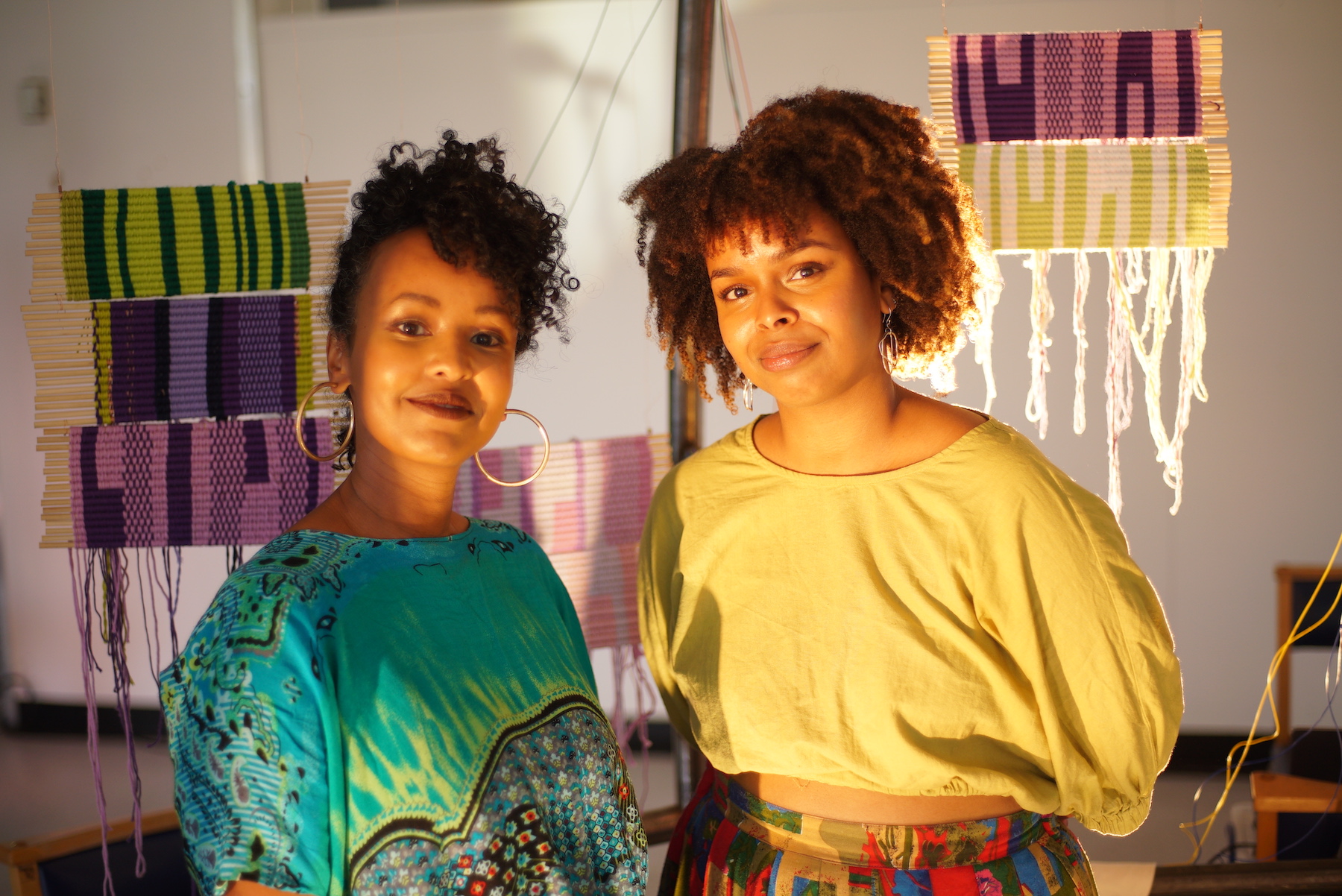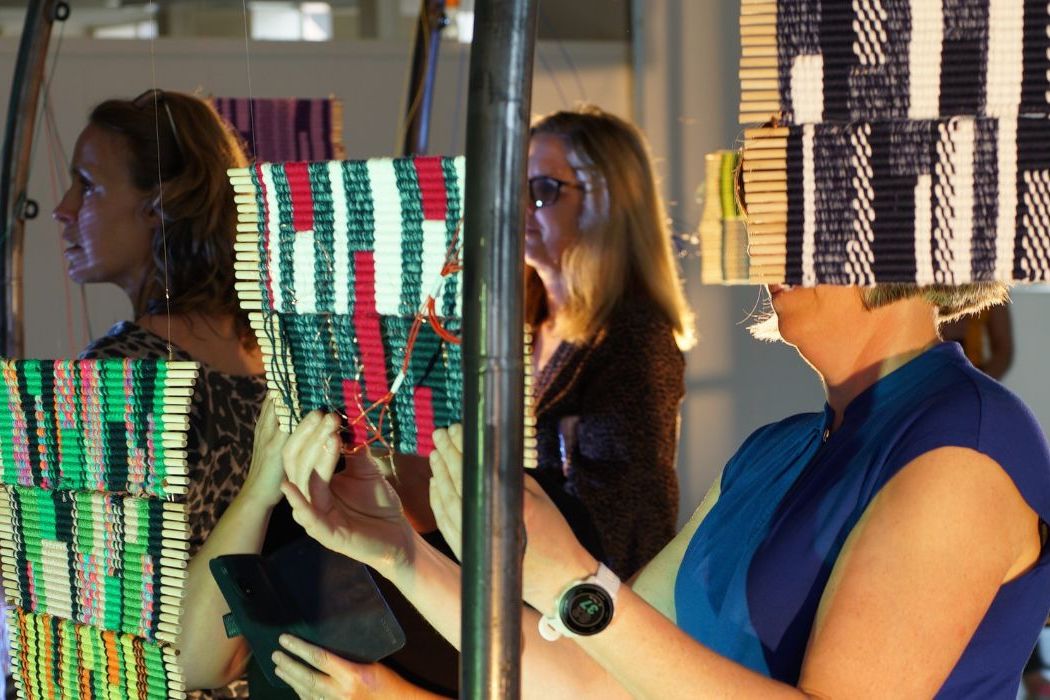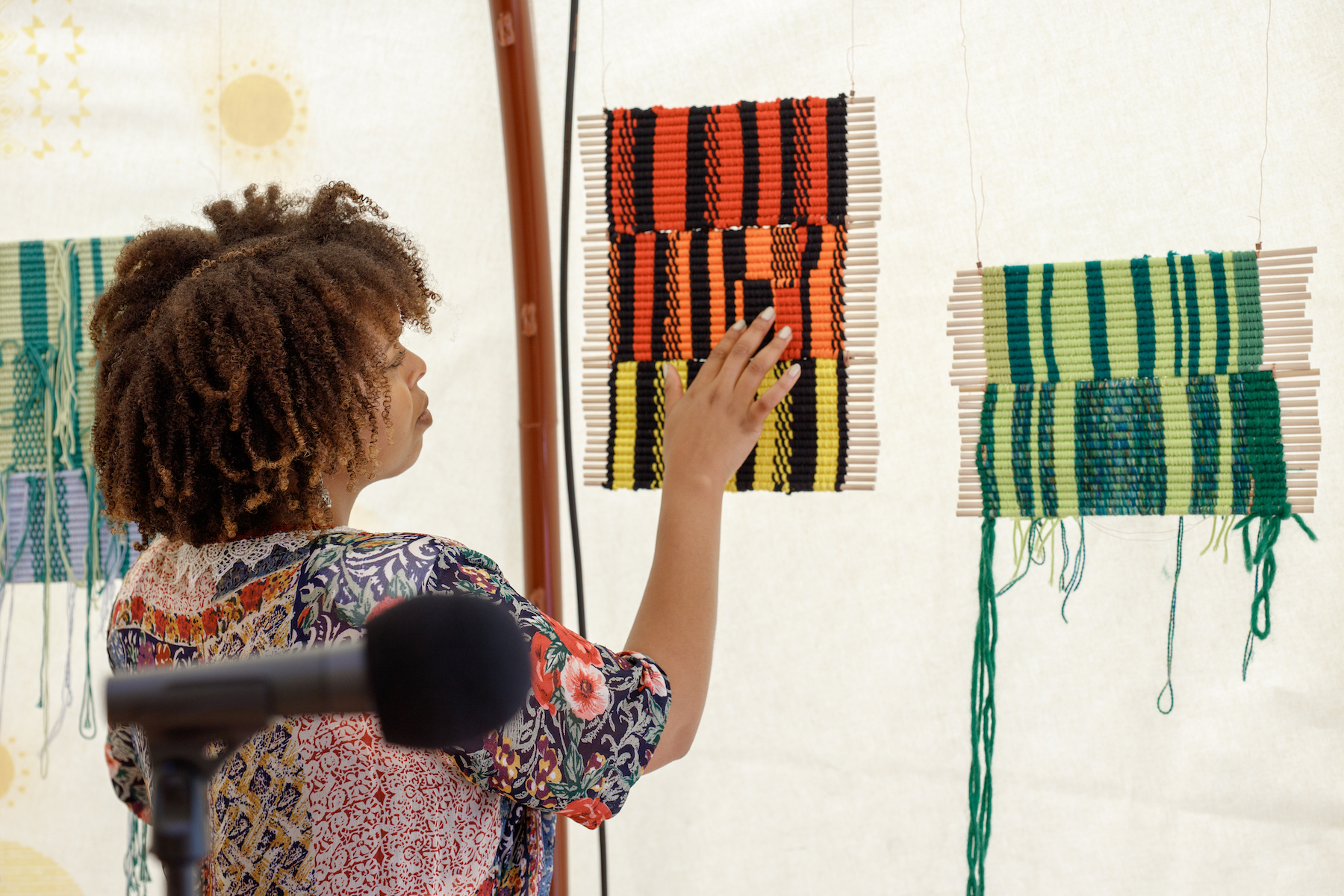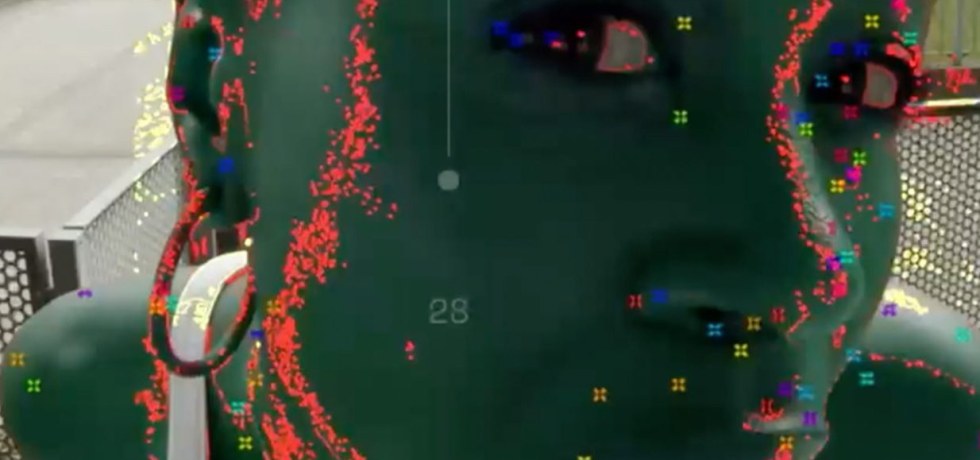House of Weaving Songs
“Over recent decades many Somali communities have faced displacement, due to both ongoing conflict and increasing environmental collapse. These patterns have put at risk the intangible cultural practices that are tied to the landscape of Somalia and its people. Through our work, we seek to preserve these practices, demonstrating their ongoing relevance, while also examining the ways in which diasporic peoples continue to adapt, building new forms of cultural expression.”
—Fozia Ismail and Ayan Cilmi
House of Weaving Songs, also known as The Aqal, is an interactive installation created by Fozia Ismail and Ayan Cilmi of Dhaqan Collective and co-created with local communities wherever it is situated. The project aims to explore shared histories of weaving and women’s labor that span borders while creating space to reflect on our changing climate.
An aqal is a traditional nomadic structure created by rural Somali communities. Built for survival in a landscape of limited resources, it speaks to the conditions of Somali life as well as to the rich cultural heritage of the Somali people. Building an aqal is typically a communal affair with women working together to weave the structure. Weaving patterns are passed from generation to generation through songs that are sung while working. Each aqal becomes the embodiment of multiple hands and histories, sounds and songs, representing the lives and dreams of those who made it.
In each host location, members of Dhaqan Collective work with local communities to build the aqal, incorporating local weaving and craft histories and recording local songs that become part of the interactive sound work. The finished aqal is a space where audiences can gather, listen and reflect on the themes of the project — the history of women’s labor, stories of migration and movement, craft traditions, and climate collapse. Nomadic communities are among those most affected by climate change as the Horn of Africa becomes unable to support life.
The aqal can be set up in an outdoor public space or in a gallery. The structure is free-standing and can easily be assembled by two or more technicians working together. It consists of a stainless steel frame covered with a series of attachable fabric works, with rigging points for lighting and sound inside. Among the fabric works are touchable weavings — interactive tapestries woven with conductive copper thread that plays archival sound clips when touched. There is also an ambient sound bed that plays field recordings prior to any interaction. The system runs from a laptop using Logic Pro X.
The journey to develop House of Weaving Songs began in 2019 through a chance conversation with an elder, Faduma, who was participating in the Dhaqan Collective project Camel Meat and Tapes. Faduma presented them with a traditional Somali tapestry that would typically exist within a nomadic home. Holding the tapestry, she traced her hand over the fabric, singing from it as though it were sheet music. She explained how weaving songs were a way of counting, in order to maintain the right pattern of stitches, especially when working as a group.
With support from Arts Council England and Bristol & Bath R+D, Ismail and Cilmi began further research, learning how to weave while investigating ways new technologies could be used. Their goal was to convey this tradition of singing and weaving by embedding the musicality within the tapestry itself. Ultimately this led to the House of Weaving Songs.
When Ismail and Cilmi set out to learn Somali weaving techniques, they discovered that no one was offering classes in the UK. Eventually they met a master weaver in Melbourne, Australia, Muhabo Suleiman, who taught them how to weave on a video call. They now host their own workshops in the UK, ensuring that local Somali communities have the opportunity to learn the skills and stories of their heritage.
The first iteration of House of Weaving Songs took place as part of Bristol’s Playable Cities program, produced by Pervasive Media. Dhaqan Collective worked with Somali elders and young people in Bristol on a series of weaving and audio recording workshops to explore themes from their research into nomadic craft cultures and their relationship to the land. The final installation offered the people of Bristol an intimate journey focussed on indigenous communities affected by climate collapse and co-created with Somali communities in Bristol and beyond.

Dhaqan Collective create collaborative projects that seek to build imaginative futures for Somali people while resisting the erasure of Somali culture and heritage. In Somali, the word dhaqan holds multiple meanings. It signifies culture, particularly acts of storytelling that foster a shared sense of belonging. It represents a philosophy of hospitality, welcoming and sharing with others. For many in the Somali diaspora, the word encapsulates the threads that connect individuals to their heritage. Ultimately, dhaqan can be understood as a way of being in the world, a practice of connection and groundedness based on the knowledge of many generations while always remaining open toward the future.
The collective is led by artist-researchers Fozia Ismail (above left) and Ayan Cilmi. Based in Bristol, they are residents of Watershed’s Pervasive Media Studio. Their work has been commissioned and presented by Watershed and by Arnolfini, Bristol’s International Centre for Contemporary Arts; by the British Library, the London School of Economics, the Wellcome Collection, the Serpentine Gallery, and Southbank Centre in London; Moderna Museet in Stockholm; the Venice Architecture Biennale; and the Weltmuseum in Vienna. In 2023 they received the West of England Visual Arts Alliance fellowship for their ongoing research into black feminist material cultures.




